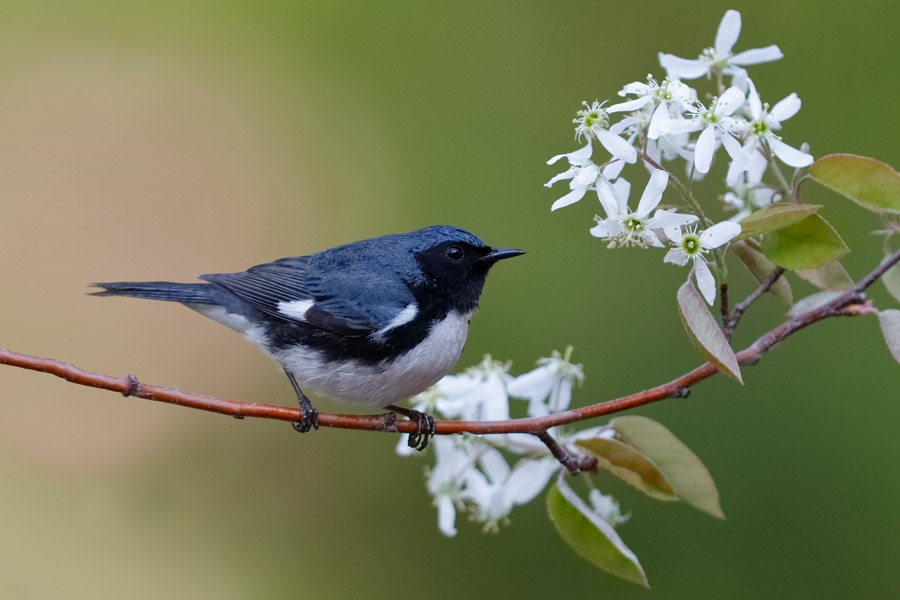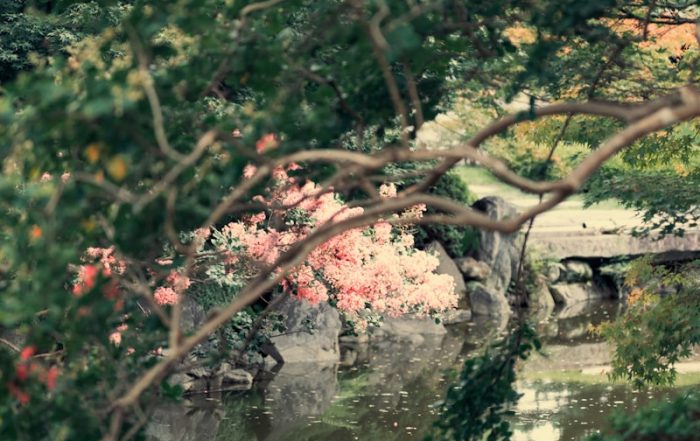by Plant Something Alabama
Share
by Plant Something Alabama
Share

There is a growing interest in using native plants in landscapes today, in both Alabama and across the United States. Emphasis and enthusiasm is excitedly building for creation or restoration of natural plant habitats. These sustain the birds, pollinators and beneficial insects that so greatly contribute to a healthy ecological system. Any effort towards creating a natural habitat and plant-enriched landscape is a worthy cause, especially one using native plants.
But why do native plants matter? Plants native to a local region will have adapted over time, usually resulting in:
- lower water needs
- higher tolerance of climate conditions
- less need for extra TLC (compared to exotic varieties)
- more resistance to pests and diseases
- a beneficial relationship feeding more species of local insects and birds
There are many desirable choices of native wildflowers, trees, shrubs and grasses in Alabama. Confused with how to start? Consult with your local garden center to learn what grows well in your region and can bring the most benefits to your backyard. For instance, if you are looking for a mid-size tree with seasonal fall color and bonus fruit for birds, share this wish list with the garden center and they may tell you to consider buying a serviceberry (Amelanchier). If you’d like to cover a steep slope but not worry with maintenance and mowing, they may show you a neat selection of native grasses.Â
Another resource for learning the native plants for your ZIP code is the Audubon Native Plant Database. It is exceptionally organized by type of plant, sorted by common name or botanical name, categorized by the wildlife it will attract and full of helpful photos and illustrations. If you find an interesting plant to add to your landscape, it’s easy to add to a digital plant wish list — and even review a list of local plant nurseries who might stock it.
According to a recent Audubon article, a native oak tree might support over 500 species of caterpillars, while a ginkgo, a commonly planted landscape tree from Asia, hosts only five species of caterpillars. Consider that it takes over 6,000 caterpillars to raise one brood of chickadees and you immediately see the significant difference.
Inspired to learn more about how to attract and nurture more wildlife in your space?
Watch a video of Doug Tallamy, author of Bringing Nature Home, explain how natives can bring many benefits to your Alabama backyard.
STAY IN THE LOOP



